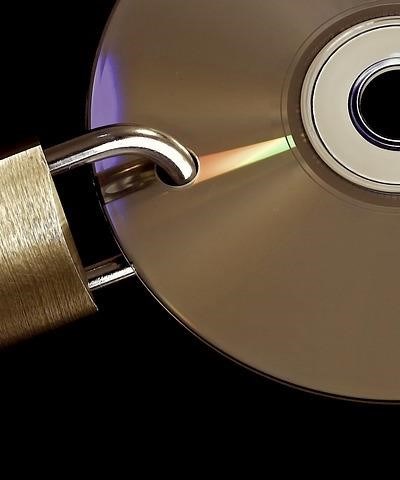
As a cybersecurity consultant‚ I’ve seen firsthand the devastating consequences of data breaches. Protecting customer data isn’t just a best practice; it’s a fundamental responsibility. I’ve personally implemented and tested many security measures‚ and I want to share my experiences and what I consider the most effective strategies.
My focus is always on a multi-layered approach. I don’t rely on a single solution; instead‚ I build a robust system incorporating various security measures. This includes strong data protection measures at every stage‚ from data collection to storage and disposal. I’ve personally witnessed how neglecting a single aspect can lead to vulnerabilities.
Data Encryption and Secure Storage
I always encrypt data both in transit and at rest. I use industry-standard encryption protocols like AES-256. For storage‚ I utilize secure cloud solutions with robust cloud security features‚ regularly auditing access logs. I learned the hard way that relying solely on a single provider is risky; I now diversify my storage solutions.
Access Control and Authentication
Implementing strong identity and access management (IAM) is crucial. I use multi-factor authentication (MFA) everywhere‚ and I enforce the principle of least privilege. This means granting users only the access they need to perform their jobs. I’ve seen how a single compromised account can lead to a significant data breach if access isn’t properly controlled.
Security Protocols and Compliance
I meticulously follow industry best practices and comply with regulations like GDPR and CCPA. I regularly update my security protocols to address emerging threats. This includes implementing robust data loss prevention (DLP) measures and vulnerability management processes. Regular security audits and penetration testing are essential. I personally found these painful but ultimately incredibly effective.
Incident Response Planning
Having a well-defined incident response plan is paramount. I’ve created detailed procedures for handling security incidents‚ including communication protocols and recovery strategies. Regular risk management assessments help identify potential weaknesses before they become a problem.
Employee Training
Even the best technical security measures are useless if employees aren’t trained. I conduct regular online security awareness training for everyone. I focus on phishing awareness‚ password hygiene‚ and safe browsing practices. This is a constant learning process.
Continuous Monitoring
I utilize security information and event management (SIEM) systems to continuously monitor my systems for suspicious activity. This enables early threat prevention and faster response times. Network security and endpoint security are constantly reviewed and updated.
Protecting customer data is an ongoing commitment‚ not a one-time task. By implementing these best practices‚ I strive to minimize risks and ensure the privacy and security of my client’s data. This is not just a job‚ but a personal responsibility for me.